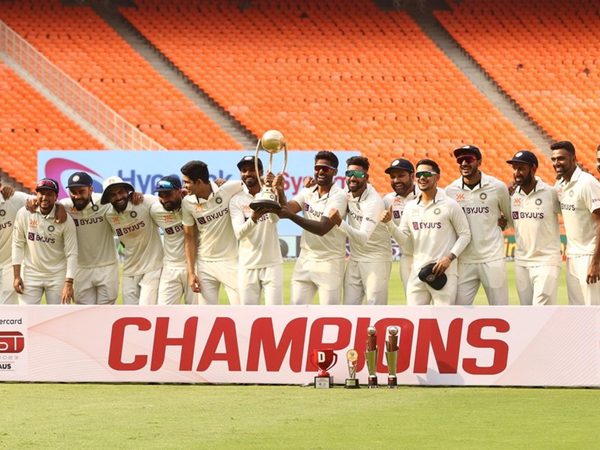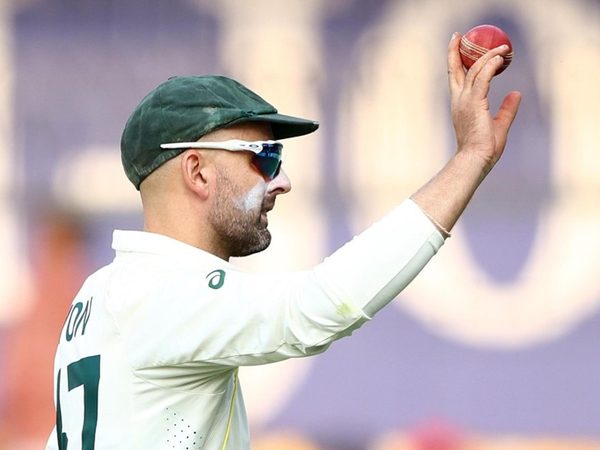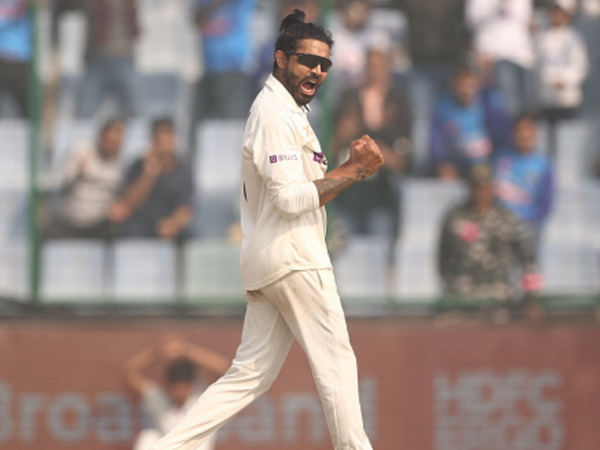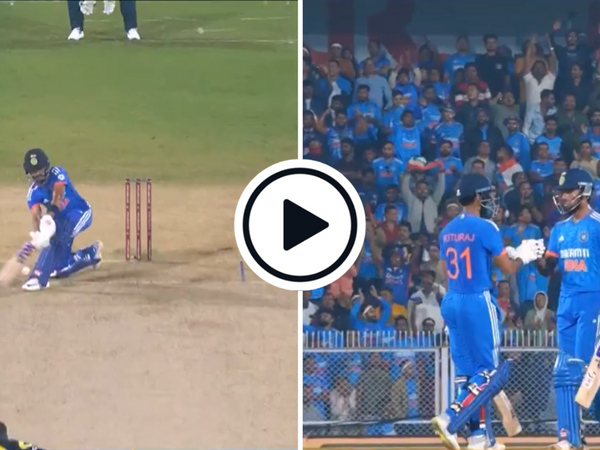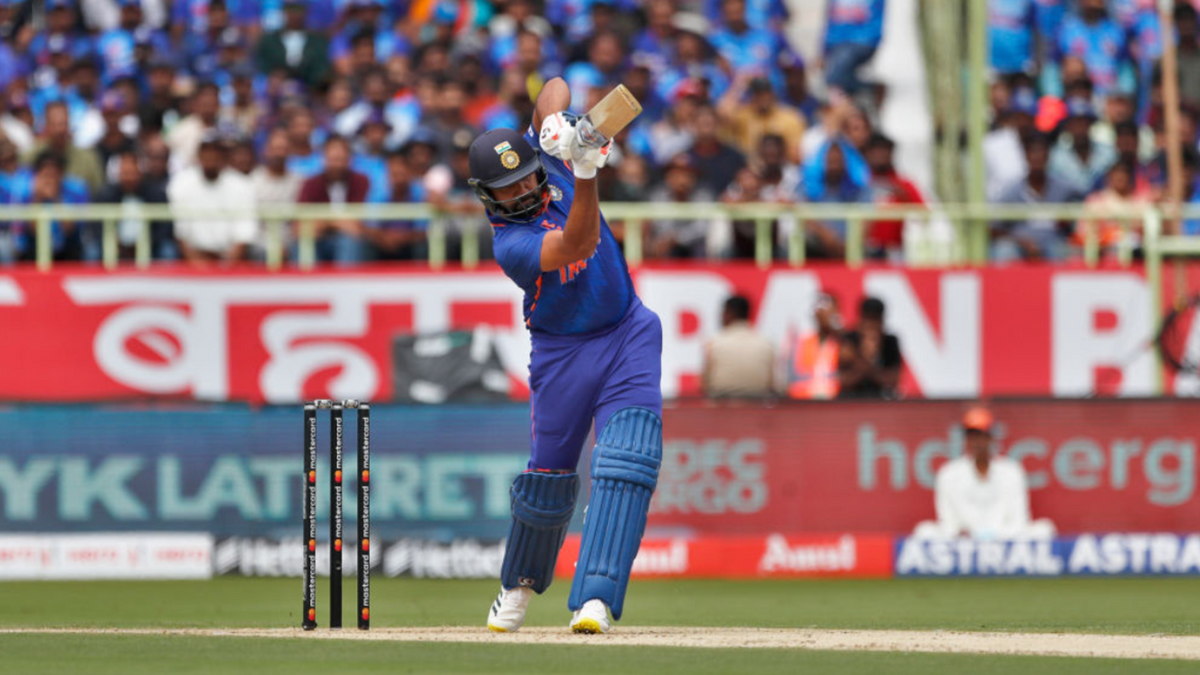
The first two matches of the three-match India-Australia ODI series have shown that India’s newfound approach at the top is fraught with risk, and won’t always bring the rewards, especially in tough conditions and against quality bowling lineups, writes Naman Agarwal.
Despite failing to cross the semifinal hurdle in each of the last two ODI World Cups, India have been the most successful ODI side over the last decade. No team has won more matches than India – 131 – or had a better win/loss ratio – 1.926 – in ODIs between 2013-2022. Much of this success was built on the back of their top three – Rohit Sharma, Shikhar Dhawan, and Virat Kohli – only two of whom remain in the ODI setup now.
In matches where all three played in this period, they scored 56.24% of the total runs scored by India. They had a set template. Dhawan would take the odd risk early on and play at an even tempo throughout his innings. Rohit would take his time to settle and once well set, he’d explode. While Kohli would be Kohli, adapting to situations, focusing on strike rotation, and being a beast at the death.
Things have changed now, though. Dhawan has fallen off the radar. England have won two World Cups and the world has woken up to a new method of approaching white-ball cricket, which India seem to have subscribed to as well.
Between 2013-2019, India ranked sixth on the list of teams with the best scoring rate in the first 10 overs of the innings in ODIs, with an average run rate of 4.44. The 2019 World Cup semi-final exit seemed to have an effect as post-2020, India climbed up to the second spot, with their run rate increasing to 4.83 rpo inside the first 10 overs.
It is only this year though, that they have committed fully to the attacking approach at the start. In the eight ODIs that India have played so far in 2023, their run rate in the first 10 overs stands at 5.86, a far cry from the sub-4.5 rate at which they were scoring before the 2019 World Cup. Shubman Gill’s rise as an international batter has helped, and Rohit Sharma has taken over from Dhawan as the risk-taker against the new ball.
Does it work?
A quick glance at the results will tell you that India have won seven out of their eight ODIs this year, which might tempt you to believe that the new approach is working like a charm. Hold your horses, though. In the eight matches, while India have put up scores of 340 or more on four occasions, they have also been four down or worse inside the first 15 overs on three occasions – both times in this series against Australia, and once against Sri Lanka on another tricky batting surface at the Eden Gardens.
Rohit used to hit a boundary every 9.19 balls inside the first 10 overs between 2013-2022. He is hitting a boundary every 5.45 balls this year. While that is setting him and his team up for more frequent scores of 350 or more, it is also leading to more frequent top-order collapses, especially when there is something in the pitch for the bowlers.
Does it mean India should shed this brand of cricket which doesn’t come naturally to them and go back to what worked the best for them over the last decade? Not necessarily.
The Indian think tank, especially the openers, need to find a way to gauge the conditions on offer as early as possible on a match-by-match basis and structure their innings accordingly. While a circumspect start on a highway like Indore will in all probability lead to a below-par total batting first, going all guns blazing against a rampaging Mitchell Starc on a spicy Wankhede pitch will inevitably lead to a collapse which the middle order will have to arrest.
India have got their thinking right with this shift in approach in ODI cricket, but they have gone from one extreme to the other. If they are able to find some middle ground and pay a bit more respect to the conditions on offer, they might as well create a formula that can last them another decade, as their previous one did.

